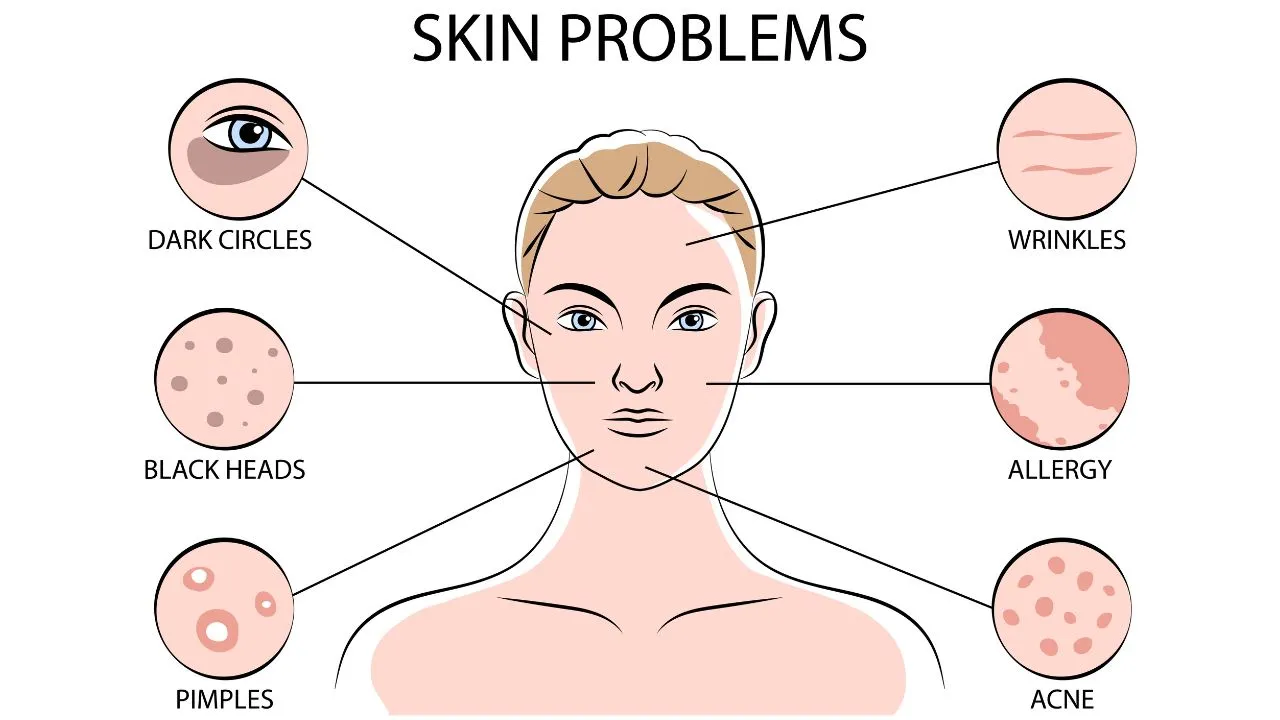Address your hair loss with the help of a specialist in hair loss treatments.
Address your hair loss with the help of a specialist in hair loss treatments.
Blog Article
Browsing Skin Cancer Treatment: The Vital Role of Mohs in Modern Dermatology Practices
Skin cancer cells, a complicated diagnosis, commonly leaves patients coming to grips with countless treatment choices. Amongst these, Mohs surgical procedure stands as a sign in modern dermatology, renowned for its precise method to cancer removal and conservation of surrounding healthy tissue. This innovative method guarantees not only remarkable cosmetic end results yet likewise offers prompt results, relieving client anxiousness. As we discover the complexities of this procedure, one will certainly appreciate its critical role in skin cancer treatment.
Understanding Skin Cancer: Kinds and Risks
Skin cancer, a possibly serious condition, is much more common than many individuals recognize. This disease, triggered by the unchecked growth of irregular skin cells, mostly arises from DNA damages due to exposure to the sun and ultraviolet (UV) light. There are 3 major types of skin cancer cells: Basal cell carcinoma, Squamous cell carcinoma, and Melanoma. While the former two are much less dangerous and make up the majority of diagnosed cases, cancer malignancy is the most dangerous. It accounts for only about 1% of skin cancer cells situations but creates the large majority of skin cancer deaths - hair loss. Risk variables include reasonable skin, background of sunburn, too much sunlight exposure, living at high altitudes or shut to the equator, having lots of moles, a household background of skin cancer, and deteriorated immune system.
What Is Mohs Surgery and Just How It's Revolutionizing Skin Cancer Cells Therapy
Despite the many treatments presently readily available for skin cancer cells, Mohs surgical treatment stands out as a groundbreaking and very effective option. Called after Frederic E. Mohs, the physician that established the procedure, Mohs surgical procedure is an accurate surgical method used to treat skin cancer cells. This level of precision, integrated with the capacity to spare as much healthy cells as possible, is transforming skin cancer cells treatment.
The Benefits of Mohs Surgery Over Typical Skin Cancer Treatments
Building on the cutting-edge nature of Mohs surgery, it's essential to consider its numerous advantages over typical skin cancer cells therapies. Unlike guidelines, Mohs uses a greater treatment rate, frequently getting to 99% for new therapies and 94% for reoccurring cancers. This accuracy results from its unique strategy of progressively removing and checking out tissue layers up until just cancer-free cells stay (chemical peel). Furthermore, it reduces damages to healthy skin, leading to much less scarring and improved cosmetic outcomes. Mohs additionally gives prompt outcomes, getting rid of the anxiety-ridden wait common with various other approaches. Finally, it's cost-efficient, as the surgical treatment and microscopic examination take place concurrently, eliminating the demand for added research laboratory solutions. Thus, Mohs stands for a significant advancement in dermatological techniques.
The Procedure of Mohs Surgery: What to Anticipate Throughout the Refine

Prospective Negative Effects and Post-Operative Care of Mohs Surgical Procedure
Undergoing Mohs surgery, like any kind of other procedure, includes potential side impacts that individuals need to be mindful of. Typical side impacts include pain, wounding, and swelling at the surgical procedure site. However, these are typically short-lived and workable with over the counter discomfort medication and cold pack. In uncommon instances, patients may experience infection, blood loss, or an allergy to the anesthetic. Post-operative care is crucial to recovery and reducing negative effects. This usually includes keeping the wound clean and completely dry, taking recommended medications, and avoiding strenuous activities. Clients need to likewise go navigate here to all follow-up appointments for injury treatment and surveillance. In many cases, extra treatments might be necessary to make certain full removal of the malignant cells. Abiding by these post-operative care standards can substantially improve recuperation and end results.
Final thought

Report this page